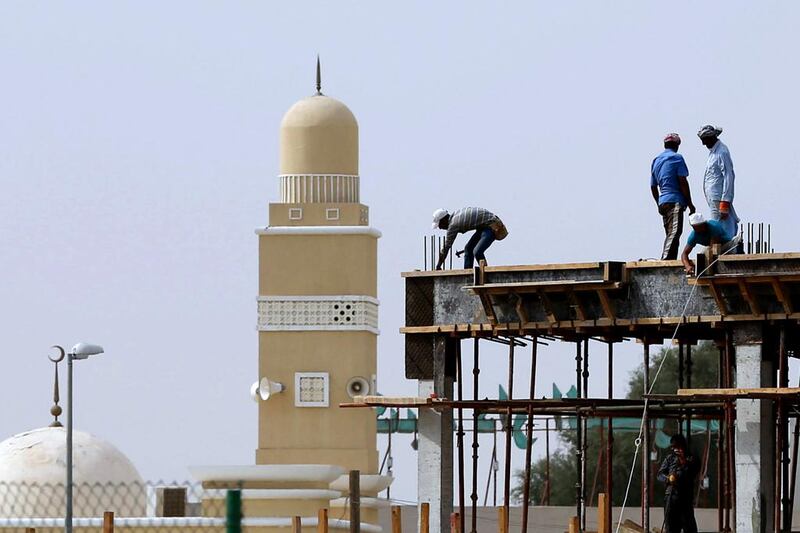Few of the homes being built by the private sector in Dubai branded as affordable are actually within reach of lower-income families, according to a new study.
The research paper from Core, the UAE associate of Savills, argues that Dubai Municipality defines affordable housing as living space for households whose income is between Dh3,000-Dh10,000 per month. Typically, for homes to be considered affordable those paying for them should spend no more than 30-35 per cent on housing expenses.
Most homes being branded as affordable by private sector developers are therefore out of reach in price terms, with even the cheapest properties tending to start at prices of around Dh500,000.
Even if they weren’t, lower-income households would struggle to raise the necessary borrowing from banks. Lower loan-to-value ratios introduced in 2013 to stabilise the market would mean that a buyer requires a deposit of 25 per cent before gaining a mortgage — so they have to save Dh125,000 to afford a Dh500,000 home.
Even then, most local banks operate an income threshold of at least Dh15,000-20,000 per month before granting mortgages. A few will grant mortgages to households with income of Dh10,000, but these come with strict lending terms.
The report also argued that a proposed law by Dubai Municipality which would force private developers to include up to 15-20 per cent of affordable housing within new projects might provide impetus to the affordable segment of the market, as would public-private partnership schemes where government provides land for free in a bid to lower housing costs.
David Godchaux, the chief executive of Core, acknowledged that developers faced a number of issues when building for lower-income families, with land purchase prices among the most significant.
“There are things you can do to reduce costs, such as block-by-block construction, but you can’t go below a certain minimum and still build something good.
“But there are other angles. If you get the land at subisdised rates, that’s something you can reflect in your price. There can be agreements between developers and governments, where the developer is not allowed to make more than a certain margin on the final product.”
He said there was a danger that these affordable homes, once in investors’ hands, could then be sold on at a fat profit by investors, but added that property price inflation was an issue for successful cities around the world.
“It’s very difficult. You can do like we did in Europe in the 1950s and 1960s and build these kind of ghettoes around the cities that were affordable and have stayed affordable, but there’s a lot of crime and no-one wants to build ghettoes.”
Dana Salbak, an associate in Knight Frank Middle East’s research team, said that one way developers can help is to minimise costs - either during construction through the use of prefabricated and offsite building methods, and through ensuring they were energy efficient to reduce operations and maintenance costs.
“Another way private developers can get involved is by standardising unit designs and reducing unit sizes, therefore reducing the overall development cost,” she added.
Mr Godchaux said that another measure that could improve affordability would be to increase loan-to-value ratios again, meaning buyers only need to find smaller deposits.
“It is a risk, because you can bring more speculators into the market by doing that.”
mfahy@thenational.ae
Follow The National's Business section on Twitter







